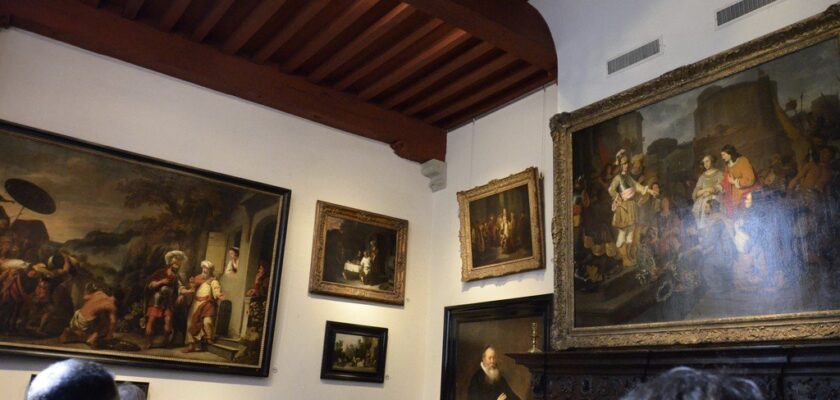Rembrandt Museum (Museum Het Rembrandthuis)
The Rembrandt Museum is an art museum on Jodenbreestraat Street in Amsterdam’s Jewish Quarter. The museum opened in 1911 in the house that Rembrandt purchased at the height of his fame in 1639 and in which he lived until his bankruptcy in 1656.
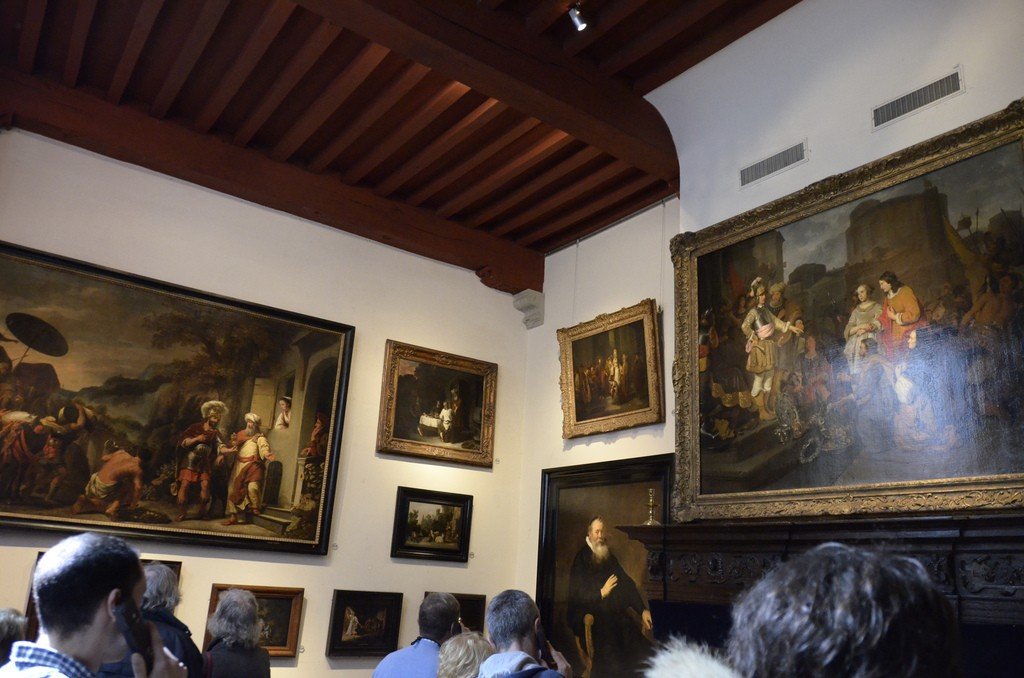
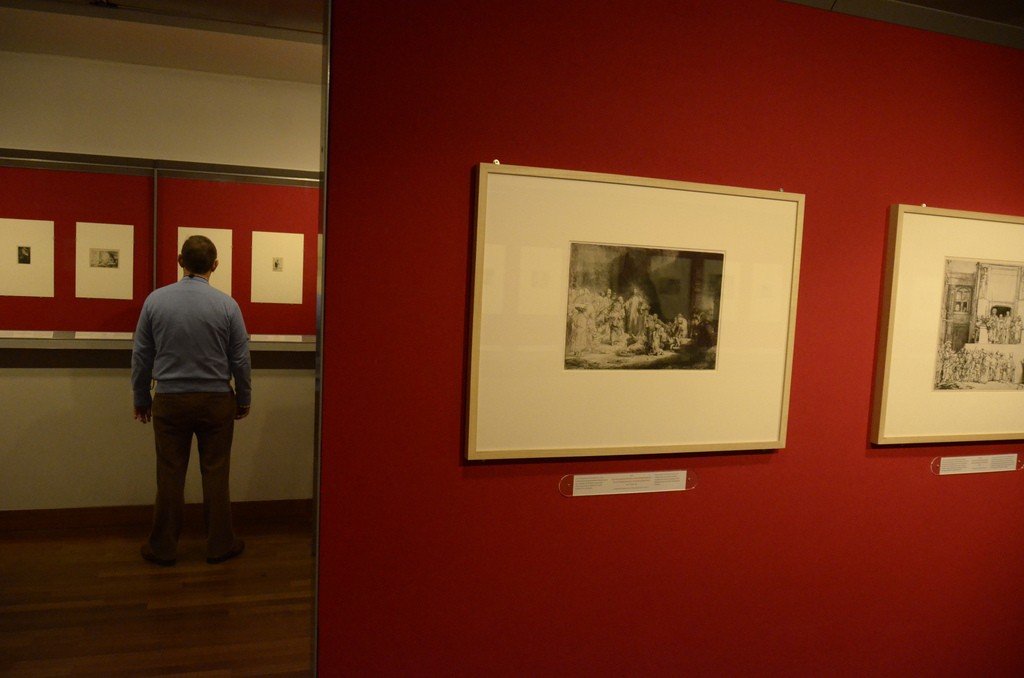
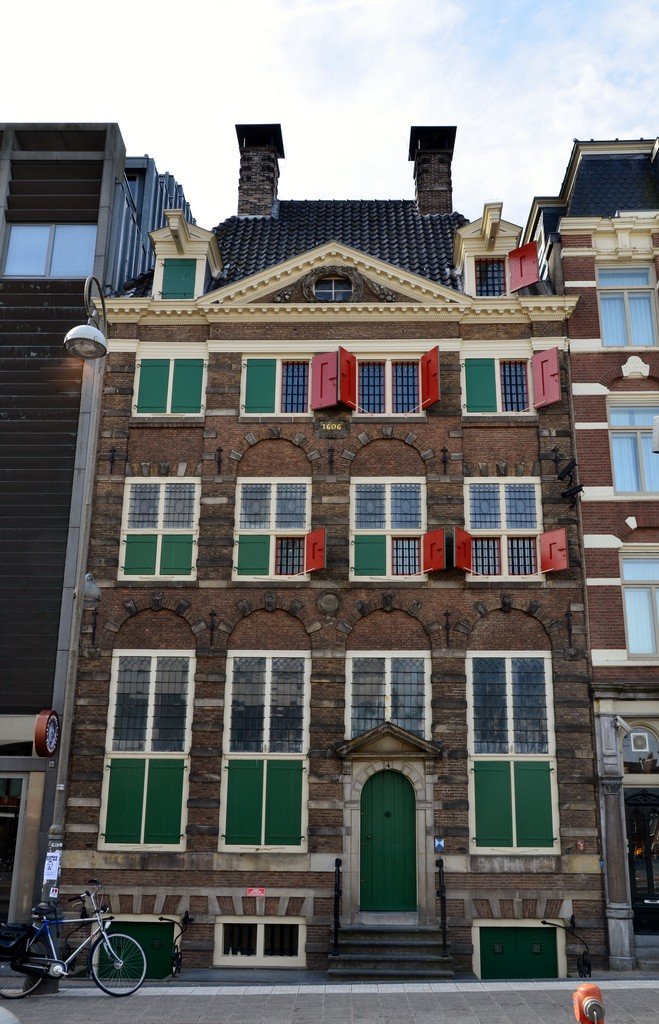
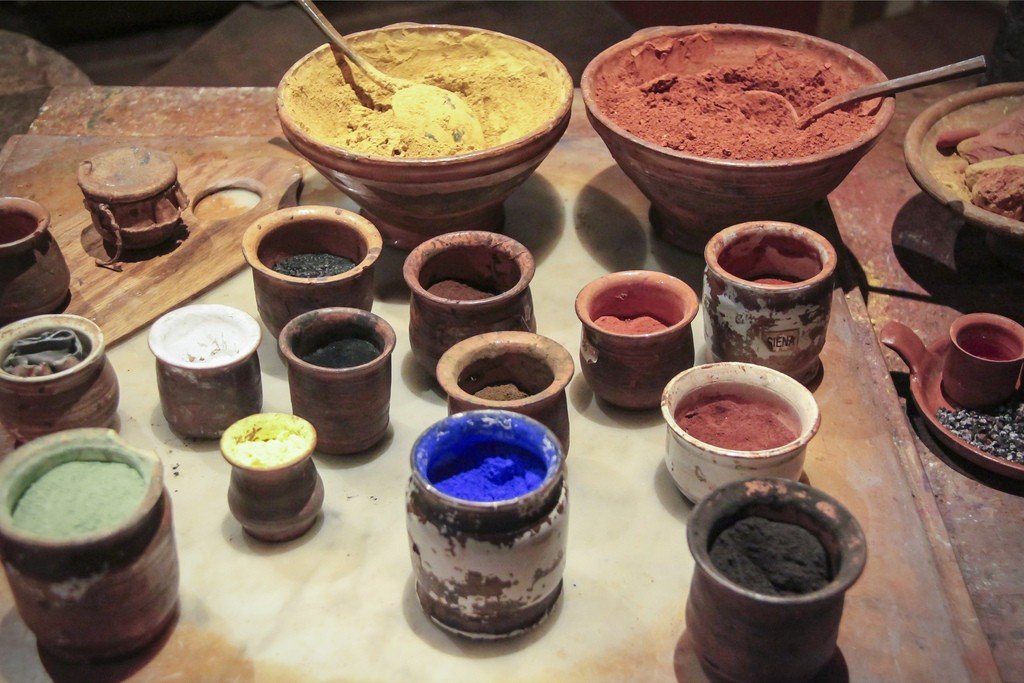
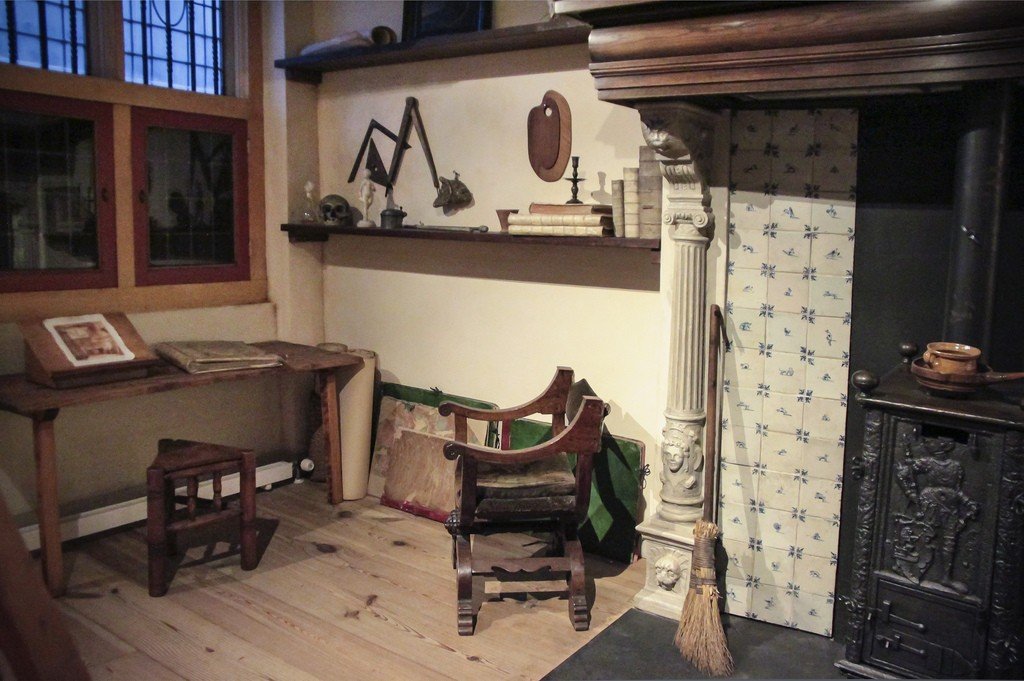
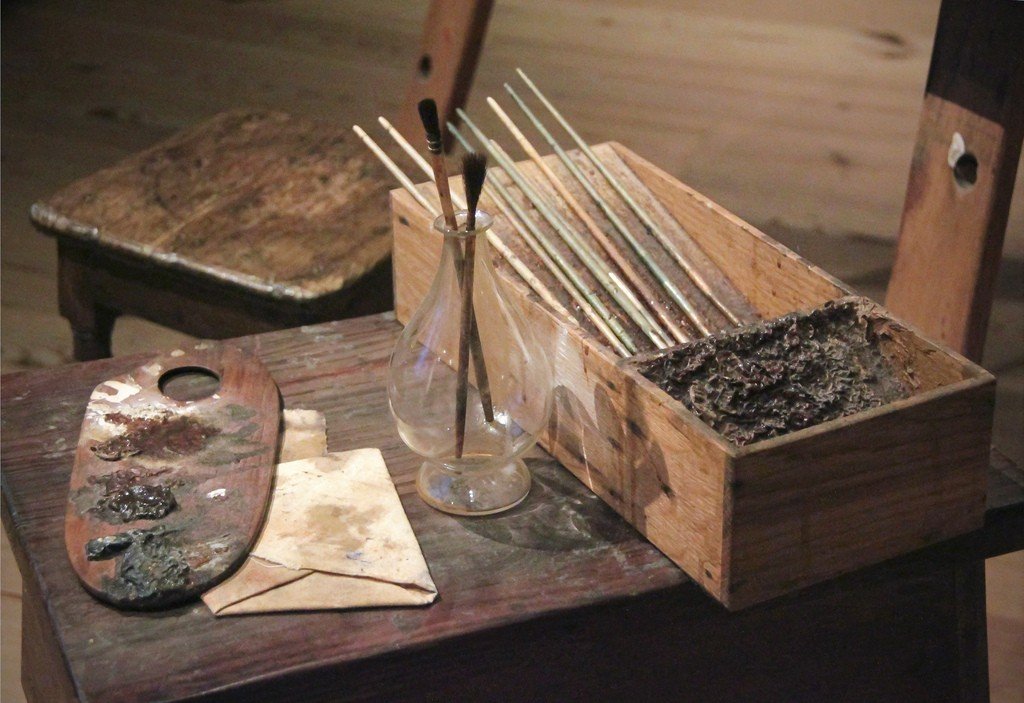
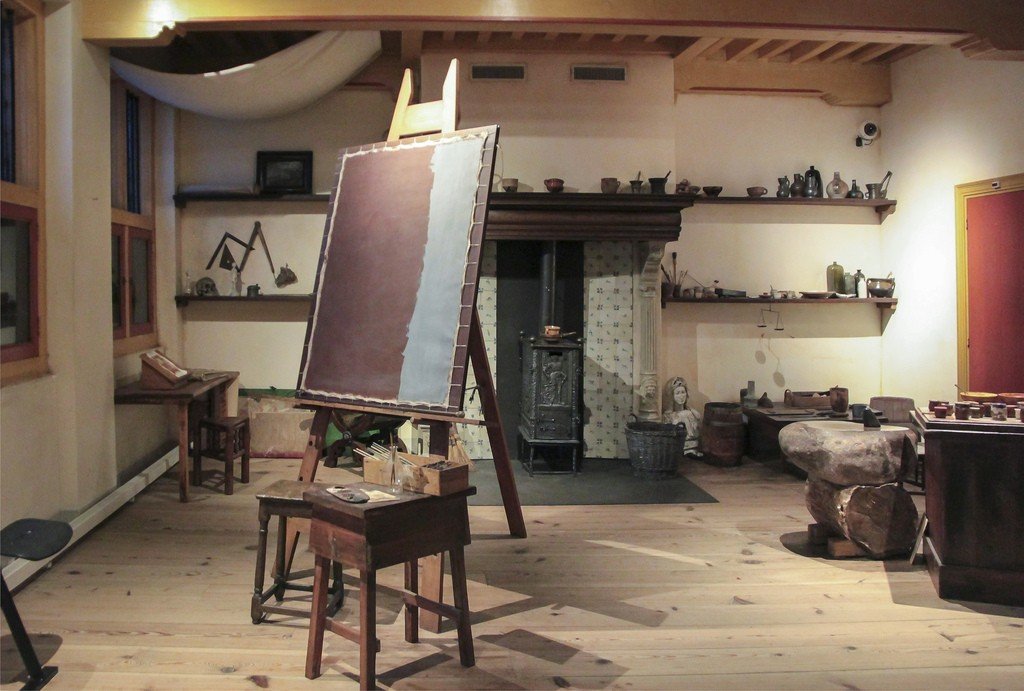
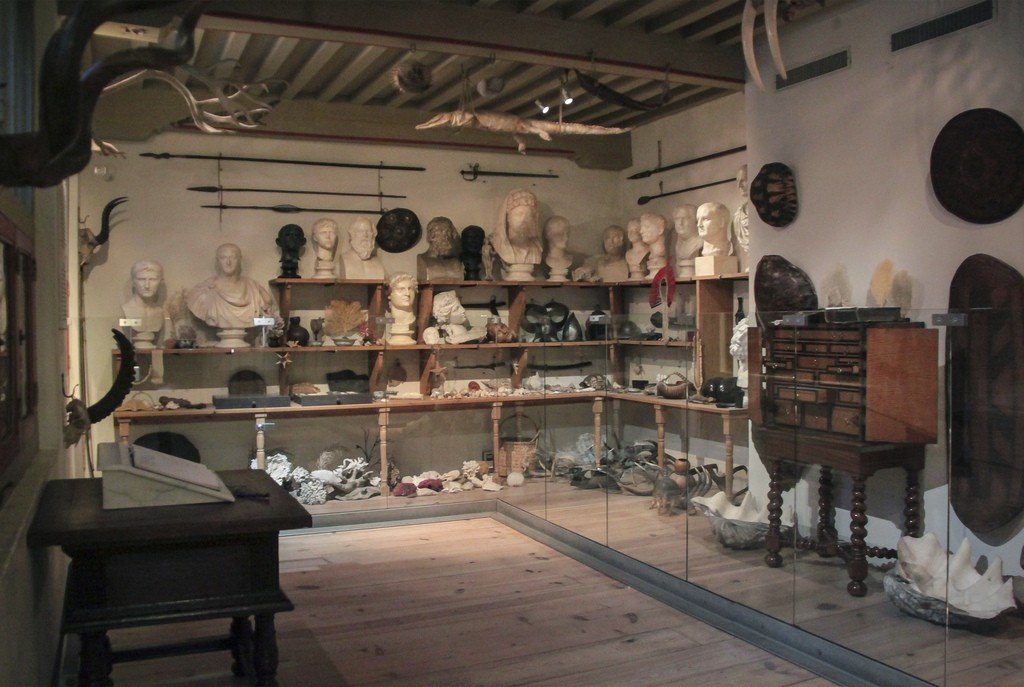
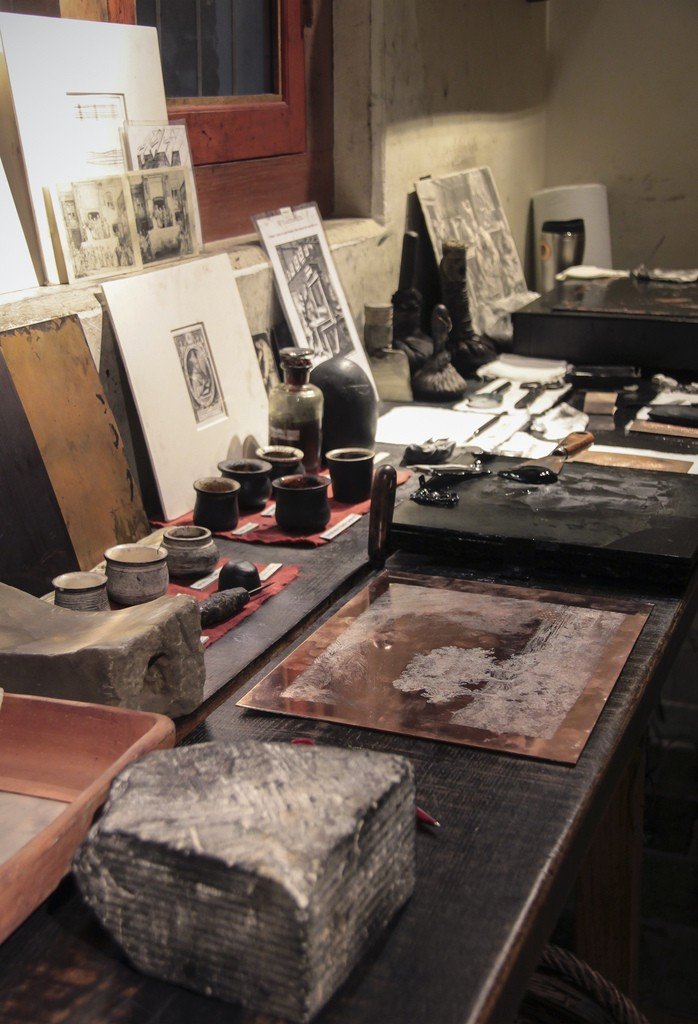
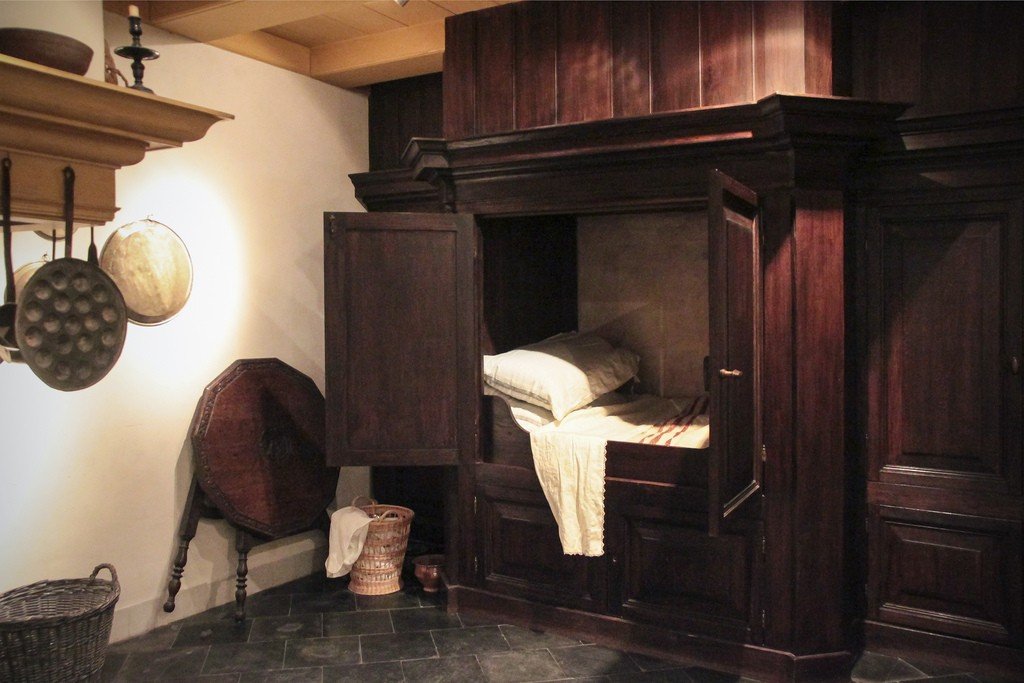
- Life and work of Rembrandt
- History of the collection
- Museum exhibition
- Practical information
- How to get there
The Life and Work of Rembrandt
Rembrandt Harmens van Rijn was born in the Dutch city of Leiden to a miller’s family. From a young age he showed an interest in painting, and therefore went to study in the studio of Jacob Swanenburg. In 1623 he moved to Amsterdam, where he fell into the hands of Pieter Lastman. Rembrandt opened his first workshop in Leiden, but in 1631 he still returned to Amsterdam, from where he never left again. From his first wife, Saskia van Eilenbyurh – the daughter of a wealthy burgomaster, Rembrandt had a son, Titus, soon after she died. After the death of his beloved Saskia, who was the muse for many of the artist’s works, Rembrandt did not marry for a long time, but in the late 1640’s got together with his young maid Hendrikje, for which he had problems with the local churchmen. Hendrikie gave birth to Rembrandt’s daughter Cornelia and lived with him despite all the hardships until his death. During his life, the artist created hundreds of catrinas, engravings and drawings, many of which were successfully sold. Nevertheless, his chosen lifestyle was clearly beyond his means. In 1656, to avoid bankruptcy, Rembrandt had to sell off most of his lavish collection of paintings and antiques, including works by great European artists, Roman busts of emperors, and even Japanese battle armor, and move to a more modest home. Outlived by his second wife and even his own son, Rembrandt died in poverty and loneliness.
.
Rembrandt primarily gained recognition as a portrait painter. After the success of the painting The Anatomy Lesson of Dr. Tulp, he began to receive serious commissions. The peak of his work as a portraitist is the painting “Night Watch”, which can be seen in the National Museum of Amsterdam. Among the biblical themes of the artist there are subjects from both the Old and New Testament. Paintings on the Bible in Rembrandt have more of a narrative-historical character, and completely devoid of fantasy. Rembrandt applied a similar approach to mythological subjects.
.
If we try to formulate the work of Rembrandt in a few words, it is a rapid movement from the detailed, literally groping the subject realism of youthful period of the artist to leave the details and vision of the picture as a whole, as well as a rich play of colors and light. Using only a few colors, Rembrandt managed to create very colorful paintings, not to mention the light, which in his works lives a separate life, creates and creates space.
.History of the collection
The house that now houses the museum was built in 1606 and this date, painted in gold, still adorns it on the front wall. In 1906, as part of the Year of Rembradt, a fund was set up to purchase the artist’s house.
On June 10, 1911, the Rembrandt House Museum was officially opened to the public by Queen Wilhelmina. At the suggestion of the artist Jan Weth, one of the members of the museum’s first board, it was decided to assemble a collection of Rembrandt’s prints, for which it seemed unlikely that a better place could be found than the house in which most of them were created. The collection was started by Wet himself, temporarily borrowing prints of acceptable quality from the Lebret-Wet collection. The first donations did not have to wait long. The first print was donated to the museum by Paul Warburg of New York. It was a beautiful early print of “St. Jerome at the Pruned Willow.”
That same year, artist Joseph Israels donated six prints to the new museum, including “The Sacrifice of Abraham” from the famous English collection of William Esdaile. Honorary board member Harsten deserves special mention. His generous donations helped purchase the house in the beginning and then helped continue to add to the purchase fund. The Rijksmuseum donated eleven “look-alike” prints from its hall of engravings to the museum, which have been in Rembrandt’s house ever since.
.
The collection grew rapidly. In May 1913, thirty-three Rembrandt drawings from the famous English collection of Heseltine were put up for auction in Amsterdam. The House of Rembrandt managed to acquire four of them: “Woman with a Child in Her Arms”, “Ruins of the Old Town Hall in Amsterdam”, “View of Montelbanstoren” and “Sitting Girl, Dreaming”. The House of Rembrandt successfully participated in other auctions as well. In 1914 Jan Weth returned from Berlin with nineteen etchings, including important works such as “Death Appearing to a Married Couple,” “The Great Lion Hunt,” and a fine print of “View of Haarlem and Blemendaal” to add to the collection of then under-represented landscapes. .In the war years that followed, the growth of the collection temporarily ceased, although in 1915 the institution managed to acquire sixty-six prints from the Weth collection, most of which had already been loaned to the museum. These included several fine and rare prints, among them “Escape to Egypt,” engraved on plate by Hercules Segers, and “David and Goliath,” executed as an illustration for Menasseh ben-Israel’s The Glorious Stone (Amsterdam, 1655).
.In 1927, the Rembrandt House received from de Bruijn one of the extremely rare copies of the first edition of the first edition of this mystical work with four illustrations by Rembrandt. Other items from the Weth collection were early prints of the fourth and final version of the Three Crosses and a beautiful small portrait of Rembrandt’s mother. The museum’s collection of drawings also grew, albeit slowly. In 1919, the museum received two drawings from the collection of the artist Therese van Doyle, who bought them at the famous Heseltine auction. They were “Portrait of an Old Woman” and “Sketch of a Woman with a Child in Her Arms,” now attributed to Nicholas Maes. Soon after, another drawing, “Self-Portrait of an Artist in Work Suit,” was purchased at the Heseltine auction. This meant that the museum now owned the only painted full-length self-portrait of the artist.
.
The Rembrandt Museum reopened in July 1945. Several unfavorable years followed. Lack of funds and lack of financing made it almost impossible for the museum to make any acquisitions. In 1950, however, the museum was able to acquire a reverse print of the fourth version of the Three Crosses, which was an interesting addition to the versions of the engraving already in the museum. The museum’s most important post-war acquisition was the forty engravings bequeathed to the museum by de Bruijn, who died in 1962. These included a very rare first version of Self-Portrait with Disheveled Hair, a beautiful print of Christ and the Samaritan Woman on Japanese paper from the collection of Pierre Mariette, an intense early proof print of The Removal from the Cross by Torchlight, and a beautiful first version of The Bathers.”
.It became increasingly difficult to fill the gaps in the collection. Good prints came on the market only occasionally, but even so funds were often in short supply, which was not surprising because of the prices. Only occasionally was there an opportunity to add something to the collection. For example, in 1977, with the help of the Rembrandt Association, the museum managed to acquire a drawing by the master’s pupil Constantin van Renesse with Rembrandt’s edits. Other acquisitions were the engraving “Man at a Table Wearing a Chain with a Cross” in 1980 and, more recently, “Bald Man in Profile” and the fourth version of “Escape to Egypt.”
.Museum Exhibit
The collection as it stands today is an almost complete overview of Rebrandt’s graphic works: 260 of the 290 prints created by the master are on display. Of extreme importance was the acquisition of four authentic engraving plates in 1993. They had previously been part of a collection of 78 copper plates, which had remained a single entity since it was first mentioned in the inventory of the estate of the Amsterdam print and print dealer Clement de Jonghé. De Jonghé probably acquired the plates from Rembrandt himself. In January 1993, the collection was put up for sale and the Rembrandt House Museum was given the right of first refusal. Thanks to donations from various organizations, the government and many private individuals, the museum was able to acquire four of the most interesting and best preserved pieces.
In addition to the collection of prints, drawings and copper plates by the master himself, the Rembrandt House Museum also has a number of paintings by Rembrandt’s teacher, his pupils and contemporaries. In recent years, the museum has increasingly focused its efforts on collecting graphic works by Rembrandt’s predecessors and followers. Among the most important acquisitions are prints by Leiden artists Jan Lievens and Johan van Vliet, who collaborated with Rembrandt..
However, the collection policy is not limited exclusively to artists who were directly influenced by Rembrandt. The museum has expanded the scope of the collection to include the late European followers of the master, among them many eighteenth-century German and Austrian artists. The collection now includes prints by Christian Wilhelm Dietrich, Georg Friedrich Schmidt and others. Finally, the museum has a special exhibition devoted to copies of Rembrandt’s works and many reproductions of his drawings and paintings.
.
Nowadays, the Rembrandt House Museum attracts a huge number of visitors with its permanent exhibition of the artist’s prints and remarkable exhibitions. The growing number of visitors has necessitated the expansion of the museum. The public areas and exhibition rooms were moved to a new wing, which made the restoration of the Rembrandt House possible. Fortunately, the property inventory of 1656 provides us with a detailed description of the interior in Rembrandt’s time. The artist’s drawings also reveal the character of the rooms. Specialists have taken on the task of producing detailed sketches to ensure that the restoration is historically accurate. At the moment, work is underway to restore the rooms in Rembrandt’s house and attempts are being made to reproduce as accurately as possible the furnishings of Rembrandt’s time..Practical information
Address:Jodenbreestraat 4, Amsterdam.Opening hours: Every day: 10.00-17.00Phone: +31-020-5200 400Official website: www.rembrandthuis.nl
.Ticket price:Adults (from 16 years old): € 8,006-15 years: € 1,500-6 years: free
.How to get there
The Rembrandt Museum is located in the center of old Amsterdam, about 15 minutes walk from Dam Square, in close proximity to the Waterloo Quarter. By public transport you can take the metro to Waterlooplein station , or streetcar 9 or 14 to Mr. Visserplein stop.
.